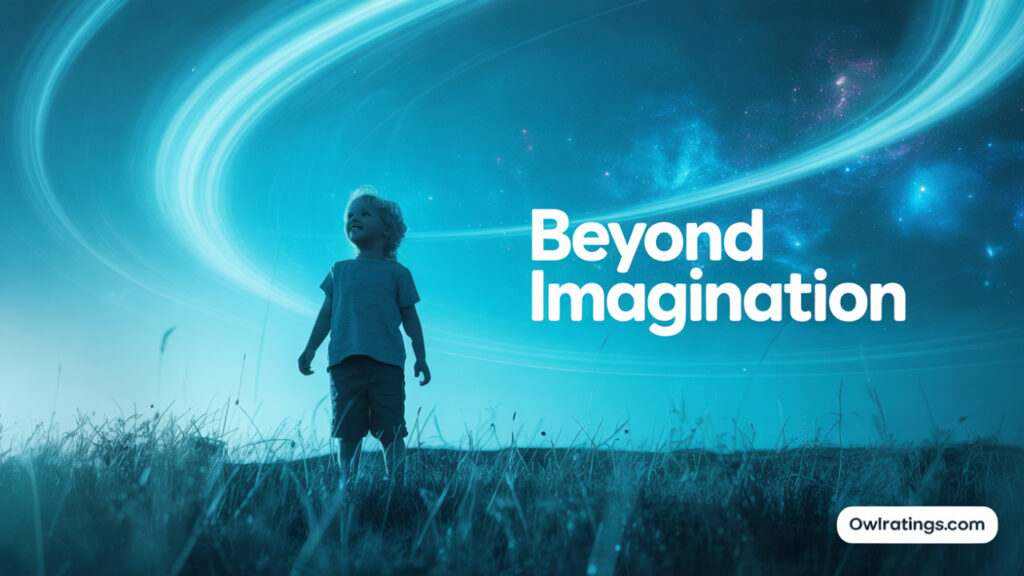Published on May 18, 2025 • Last Updated on May 18, 2025
What if I told you the sky isn’t actually blue?
That breathtaking cerulean dome above your head is a complete optical illusion — a scientific sleight of hand your brain interprets as reality.
It’s the reason sunsets look like fire, oceans shimmer with color, and astronauts stare back at Earth in wonder. But here’s the kicker… the real answer has almost nothing to do with color itself.
And it all starts with invisible chaos in the air.
⚡ TL;DR
- The sky isn’t blue — it just looks that way because of how light scatters
- Tiny gas molecules hijack sunlight, bending blue wavelengths more than red
- Your brain does most of the work to fill in the illusion
- And that’s not even the weirdest part.
🌍 A Colorless Sky? The Story Starts With Chaos in Space
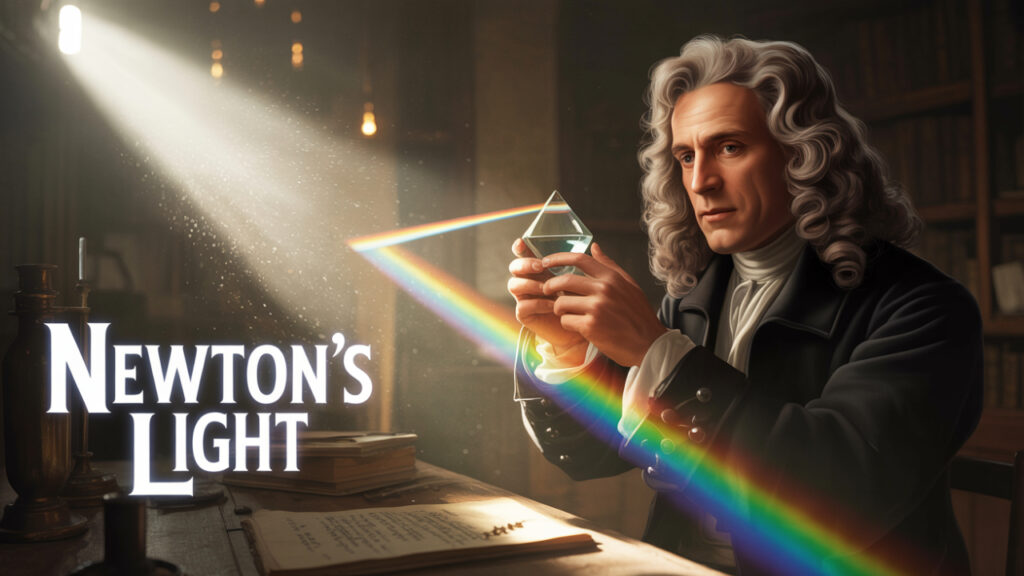
Imagine this: it’s the 1600s, and the greatest minds in Europe are staring at the sky… completely stumped.
They knew sunlight existed. They saw color all around them. But why the sky itself glowed blue during the day — and turned blood orange at sunset — was a mystery nobody could crack.
In 1666, Isaac Newton passed sunlight through a prism and revealed something shocking:
White light is made up of many colors. Like a rainbow in a glass box.
But that still didn’t explain the sky. Where was the prism in the atmosphere? Why just blue?
Fast forward to the 1800s. A physicist named Lord Rayleigh took things further.
He discovered that tiny particles in the air scatter light differently depending on its wavelength — shorter wavelengths (like blue) scatter more than longer ones (like red) according to NASA’s explanation of sky color.
In 1871, Rayleigh published a paper with equations that finally made sense of it all.
It wasn’t magic. It wasn’t the ocean reflecting. It was molecular chaos — invisible, unstoppable, and hiding in plain sight.
But Rayleigh’s explanation came with a twist… and it only made the mystery deeper.
🎯 More Than Just Blue: Why This Illusion Shapes Our World
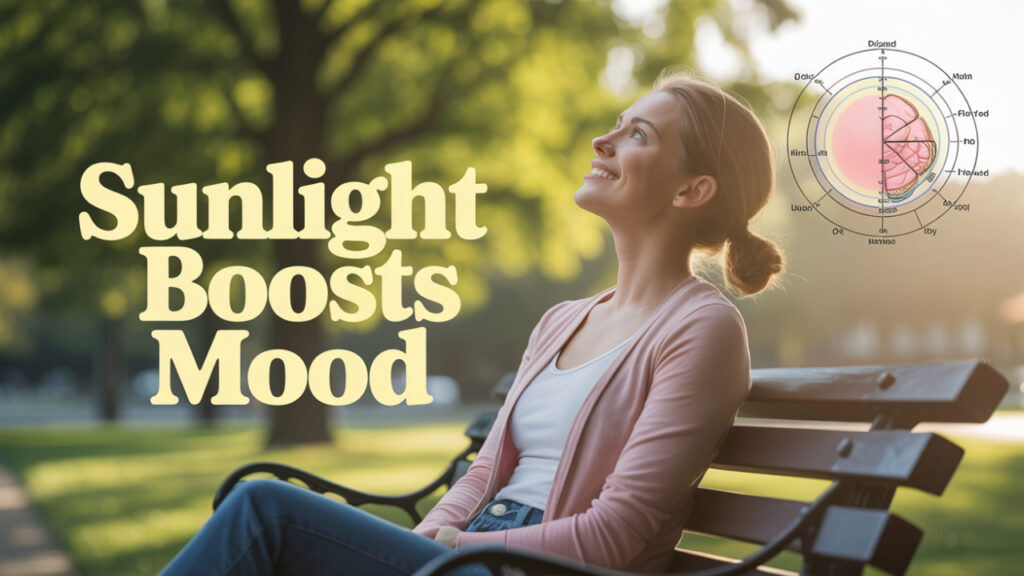
The sky isn’t just a color — it’s a psychological anchor, a biological cue, and a cultural constant.
We rely on it to tell time, read weather, and even regulate our moods. Studies show that blue light triggers alertness, helping your brain wake up and reset its internal clock.
That endless blue above us? It’s actually part of your brain’s survival kit.
In art, blue skies symbolize freedom, calm, clarity — and for centuries, they’ve been a visual metaphor for everything from hope to divinity.
Yet none of that is real.
It’s all a trick of light, perception, and brain chemistry. We’re comforted by a color that doesn’t technically exist in the sky — and we build entire philosophies around it.
So next time you look up and feel peaceful?
You’re responding to a beautifully engineered lie.
🌀 The Sky Isn’t Blue — Your Brain Just Thinks It Is
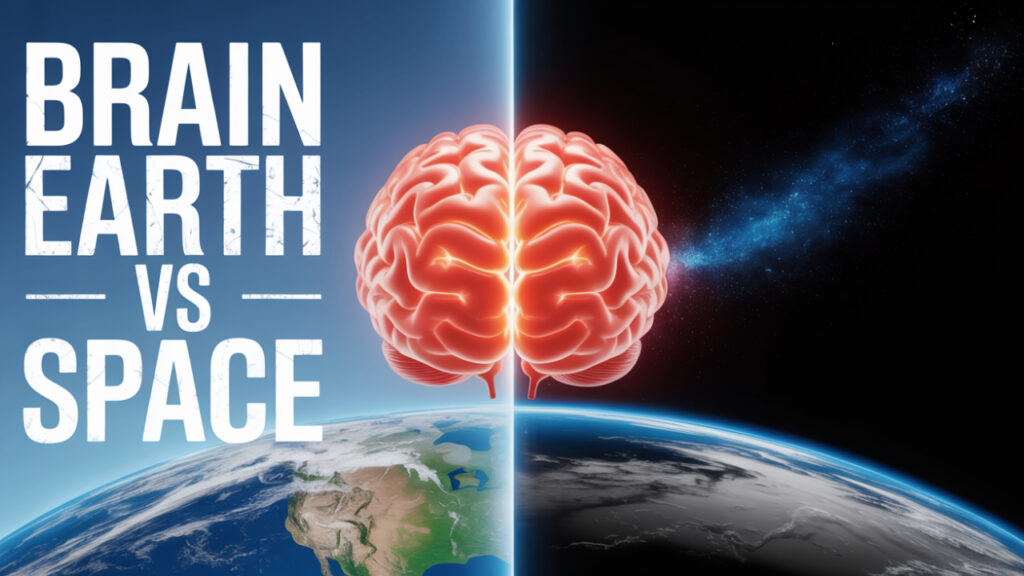
Here’s the mind-bender: the sky isn’t actually blue. Not in the way you think.
Sure, sunlight gets scattered by gas molecules in the atmosphere — and blue light gets scattered the most because it travels in shorter, smaller waves. That part is true.
But here’s the twist: the scattered blue light doesn’t hit your eyes directly. It bounces around in all directions. What you’re seeing is not “blue” in the sky — you’re seeing blue scattered light coming from every possible angle. It’s like being inside a glowing orb of soft color.
And it gets weirder.
If your eyes weren’t tuned to blue wavelengths… if your brain didn’t reconstruct color using visual memory, context, and subconscious cues… you might not see blue at all.
Astronauts in orbit? They look out and see blackness — even in daylight. No sky. No blue. Just the brutal void of space.
So… is the sky really blue? Or is it just the way your brain handles scattered chaos?
🧠 Is Blue Even Real? Theories That Flip Perception on Its Head
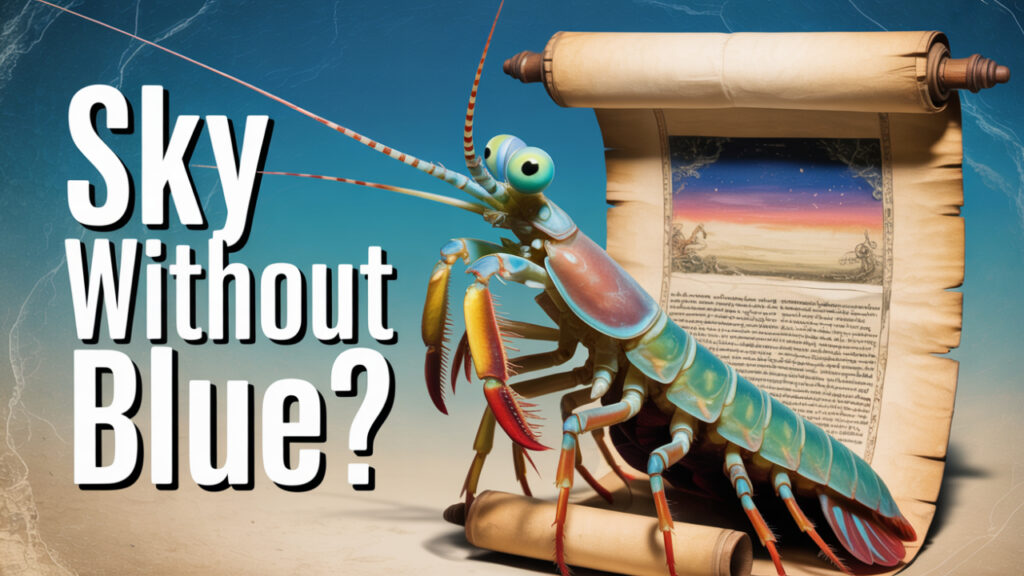
Throughout history, cultures didn’t even have a word for “blue.”
In Homer’s Odyssey, the sea is described as “wine-dark,” never blue. Ancient Chinese, Japanese, Hebrew, and even Egyptian texts rarely mention the color — and when they do, it’s vague, metaphorical, or grouped with green.
Linguists and anthropologists have a theory:
You don’t “see” a color until your culture teaches you to label it.
In other words, the sky wasn’t blue until we decided it was.
Then there’s the neurological side.
Your cones — the cells in your retina that detect color — respond to three wavelengths: short (blue), medium (green), and long (red). But your brain does most of the heavy lifting, blending signals into a cohesive image.
And get this: some animals, like the mantis shrimp, can detect up to 12 color channels — seeing ultraviolet, polarized light, and hues humans can’t even imagine.
To them, our blue sky might look painfully dull… or entirely alien.
So the next time you look up and see blue?
Remember — that color is as much in your head as it is in the heavens.
🚀 The Future of Sky Color: What Happens When the Air Changes?
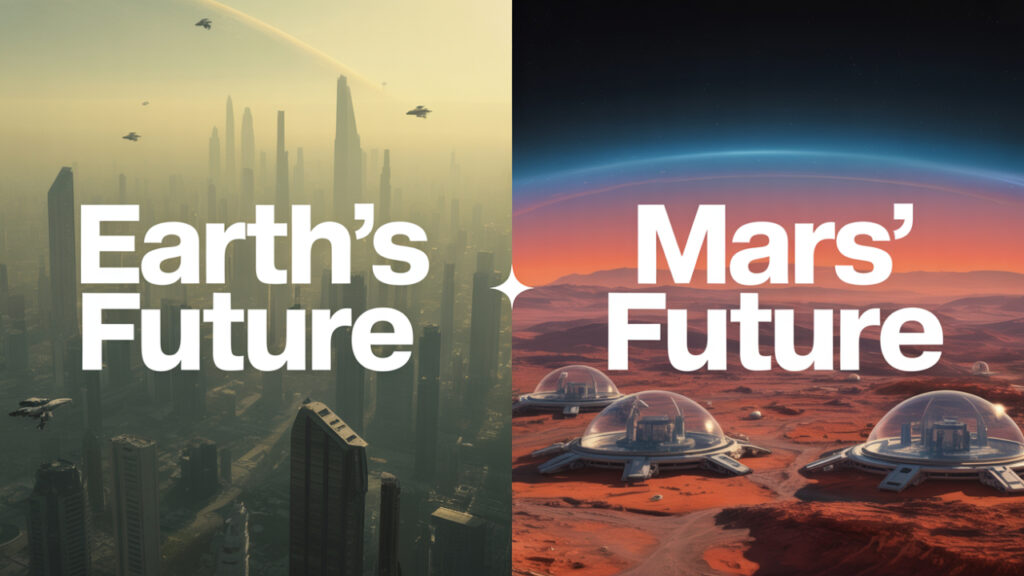
The blue sky you see today? It might not last forever.
As climate change alters atmospheric composition, we could see changes in the way light scatters. Increased pollution fills the air with larger particles, which scatter all wavelengths more evenly — a phenomenon called Mie scattering. The result? Skies that appear whiter, hazier, or even orange-tinted.
And here’s a wild prediction:
On Mars, the sky appears reddish during the day and blue at sunset — the exact reverse of Earth. Why? Different atmosphere, different scattering physics.
Future colonists on Mars may grow up seeing a sky that feels completely “normal” to them — even if it looks like a post-apocalyptic filter to us.
It raises a mind-warping question:
What does “natural” even mean when the sky can change color from one planet to another?
And what if Earth’s sky — the one you love, paint, and write poetry about — starts changing within our lifetime?
It’s not just about science. It’s about identity, memory… and the sky that raised us.
📺 Watch This and Never See the Sky the Same Way Again
You think you know why the sky is blue — but this video breaks it down with visuals that will bend your brain.
Why does the color shift during the day? What do astronauts really see from space? And is blue… even real?
👇 Watch this short explainer and prepare to question your reality:
That’s the visible version. But what about what your eyes can’t see? Let’s go deeper…
😈 Maybe the Sky Was Never Blue
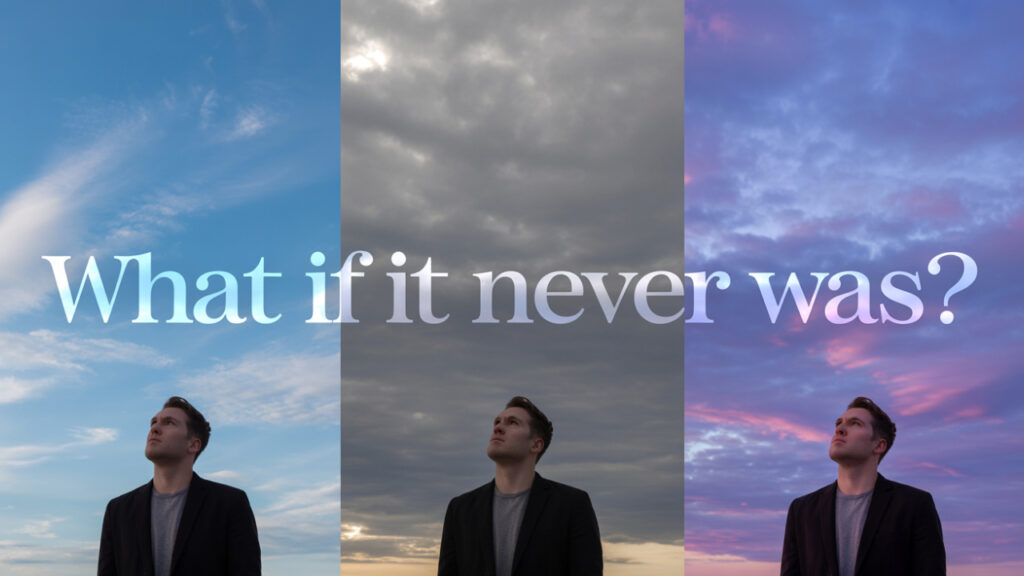
Here’s a bold idea:
The sky isn’t blue. That’s just your learned response to scattered light and cultural conditioning.
Anthropologist Guy Deutscher points out that many ancient cultures didn’t recognize blue — not because it didn’t exist, but because they had no concept for it.
And that’s not all…
- The Himba people of Namibia reportedly see blue differently from Western observers
- Ancient texts often describe the sky as white, silver, or bronze — but rarely blue
- Our brain prioritizes contrast and survival cues over objective reality
So… what if the “blue sky” is just a mass hallucination we’ve passed down for generations?
Would it even matter if the truth looked different?
📌 Download: “The Sky Decoder” Infographic
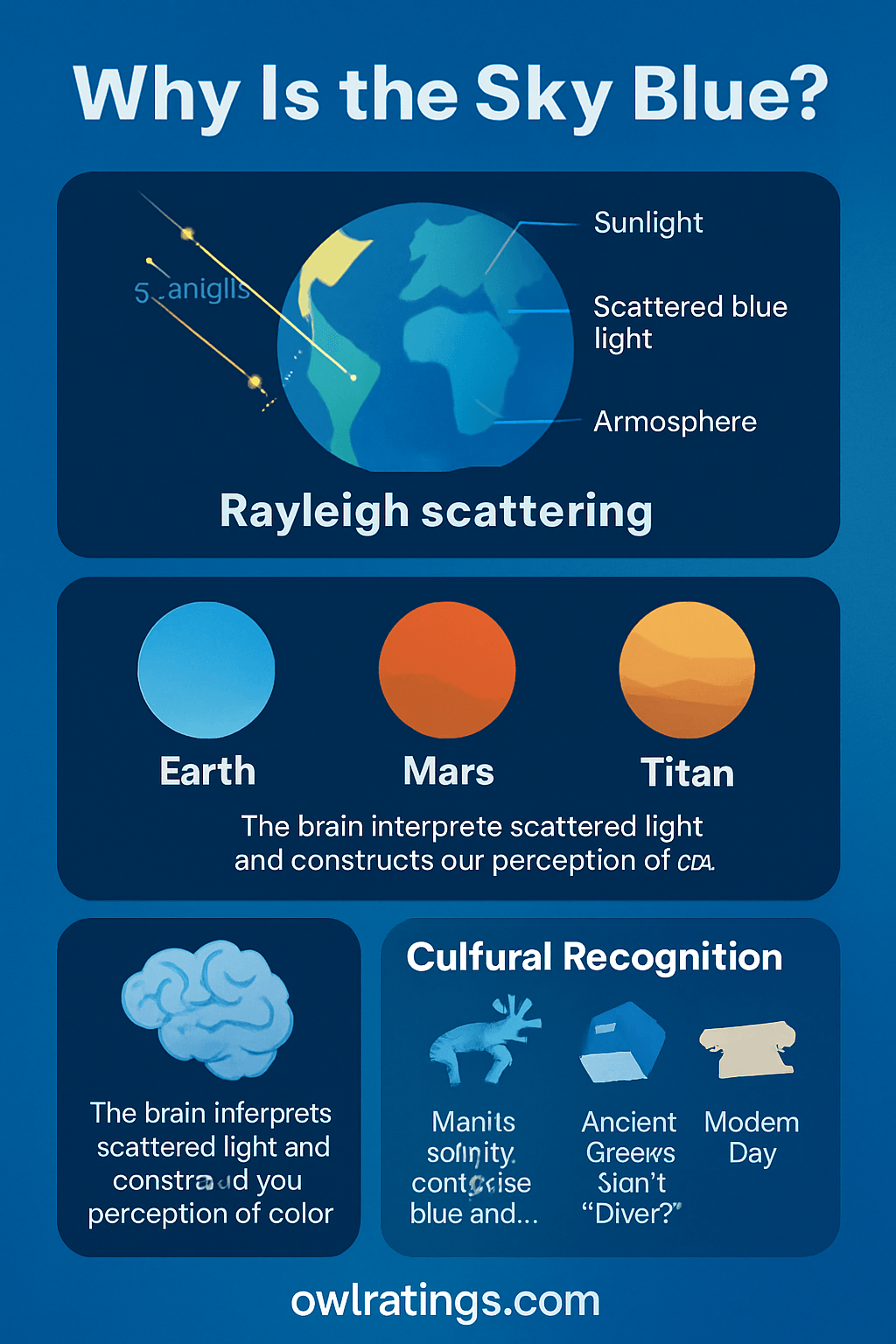
Want to explain why the sky is blue in 30 seconds?
Download this high-impact infographic that visually breaks down:
- How Rayleigh scattering works
- What different planets’ skies look like
- When and why the sky changes color
- Fun cultural facts about sky perception
📥 [Click here to download the infographic]
Perfect for students, teachers, or curious minds who want to drop some sky-science at the next party.
What You Thought You Knew About the Sky Was a Lie
So… is the sky really blue? Or is it just how your brain processes light and culture fills in the rest?
This everyday mystery hides some of the wildest science we take for granted — from atmospheric physics to the very way humans see color.
Next time you glance up at a clear sky, ask yourself:
Are you seeing truth… or illusion wrapped in sunlight?
Feel smarter? Share this article and keep the curiosity going.
❓ FAQs: Why Is the Sky Blue?
Why is the sky blue and not purple?
Violet light scatters even more than blue — but our eyes are more sensitive to blue, and sunlight contains more blue than violet. Plus, our brains average out the color to what’s most dominant.
Does pollution affect the color of the sky?
Yes. Air pollution causes larger particles to scatter light more evenly (Mie scattering), which can make the sky look hazier, whiter, or more orange, especially at sunset.
Why is the sky red or orange at sunset?
At sunrise and sunset, sunlight travels through more of Earth’s atmosphere. The blue light gets scattered out, leaving longer wavelengths like red and orange to dominate.
Do animals see the sky as blue?
Some do — but many animals see different parts of the spectrum. Bees, for example, see ultraviolet. Mantis shrimp see 12+ color channels, which could make our sky look wildly different to them.
Is the sky blue on other planets?
Nope! On Mars, the sky is reddish during the day and blue at sunset. Different atmospheres = different scattering = different sky colors.
Did ancient people see the sky as blue?
Many ancient cultures didn’t describe the sky as blue at all. Some languages didn’t even have a word for “blue.” It wasn’t until relatively recently in human history that blue became a recognized color.
Is the sky actually blue in space?
No. From space, there’s no atmosphere to scatter light — so the sky appears pitch black, even in full daylight.
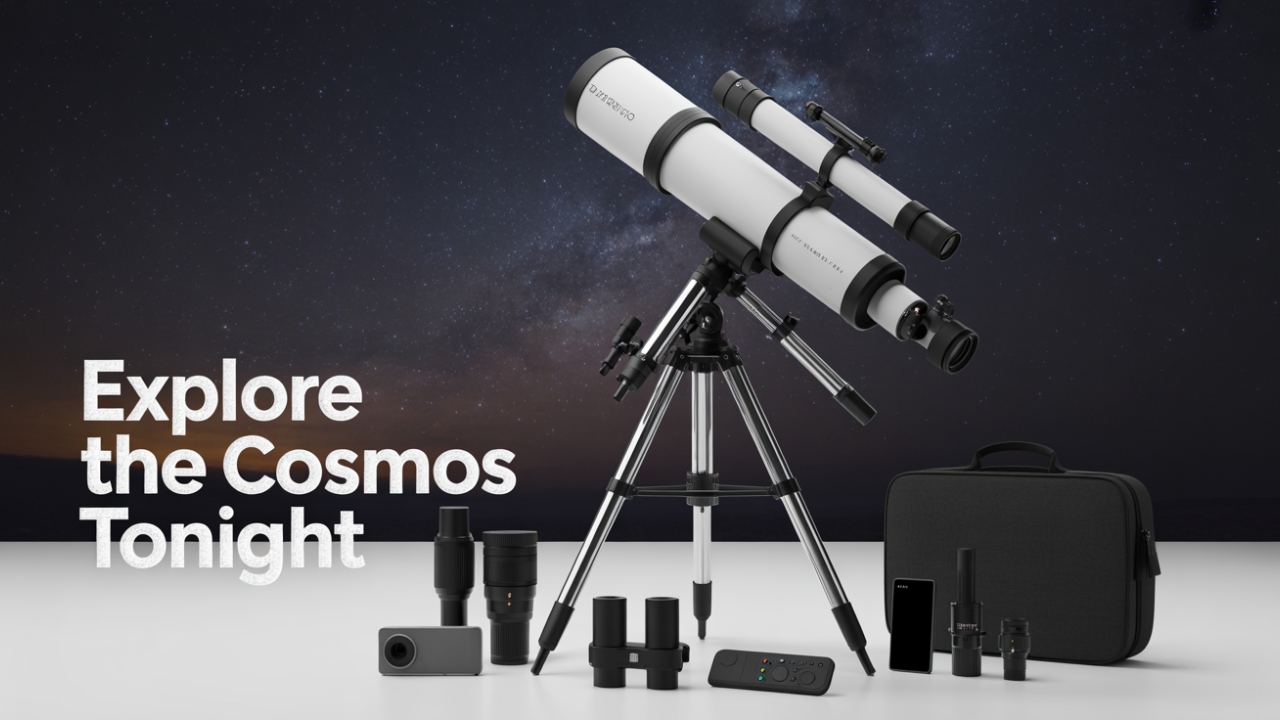
HEXEUM Telescope for Kids & Adults – 70mm Aperture
A beginner-friendly astronomical refracting telescope with 70mm aperture and 500mm focal length. Comes with tripod, remote control, phone adapter, and carrying bag — perfect for stargazing, moon watching, and learning the basics of astronomy.
⭐️⭐️⭐️⭐️ 4.3/5 rating from 3,800+ buyers
💼 Tools You’ll Actually Use
These are trusted platforms we personally use and recommend. They can help you level up your listening, freelancing, or online privacy.
🔒 This post contains affiliate links. If you click and buy, we may earn a small commission — at no extra cost to you. Thanks for supporting the site!

John Green is the founder of OwlRatings.com, where he reviews and ranks the best products to help smart shoppers make informed decisions. With years of experience in content strategy, consumer research, and SEO, John specializes in turning complex comparisons into clear, trustworthy guides. When he’s not analyzing gear, you’ll find him deep in a rabbit hole of emerging tech or brewing a perfect cup of coffee.

